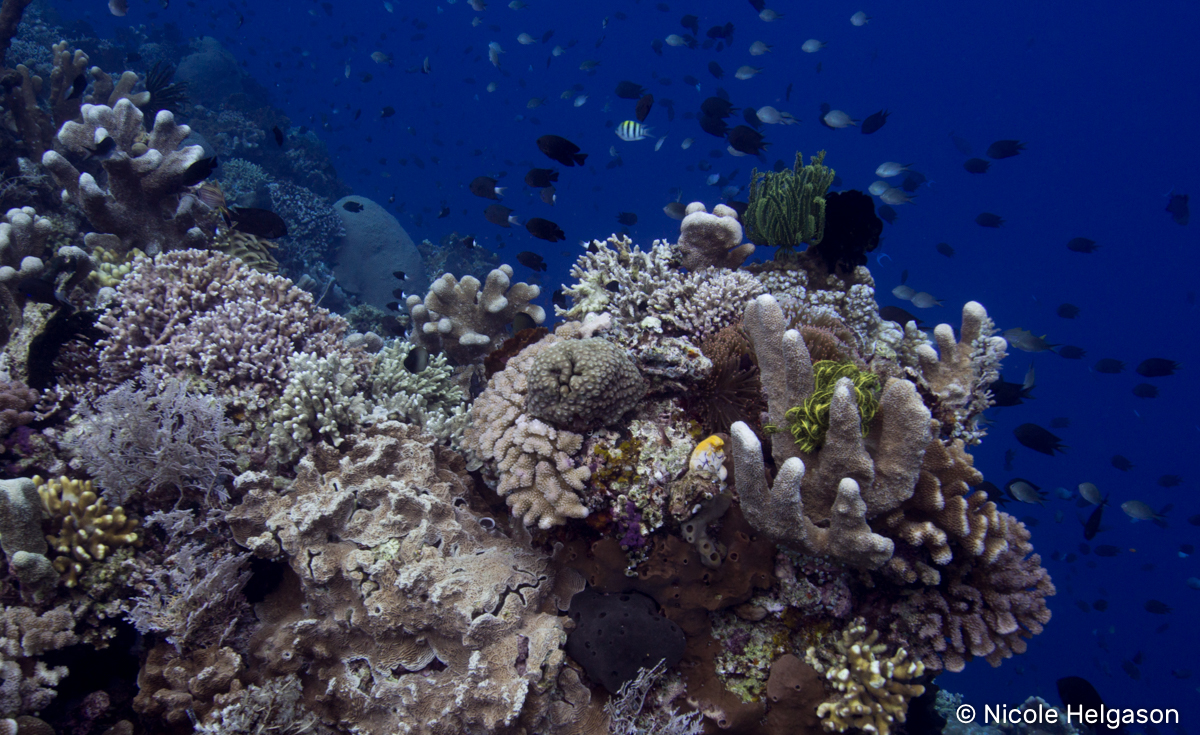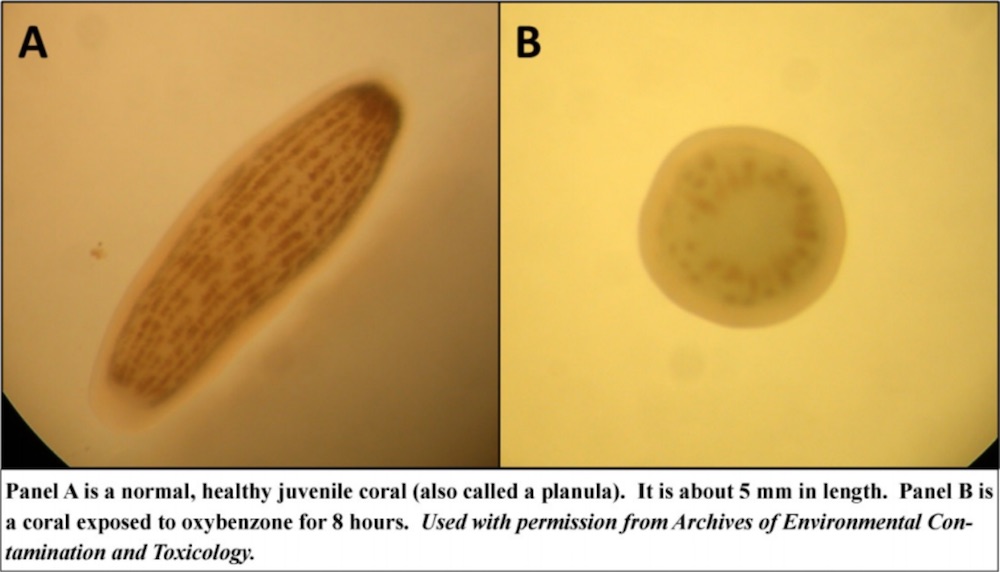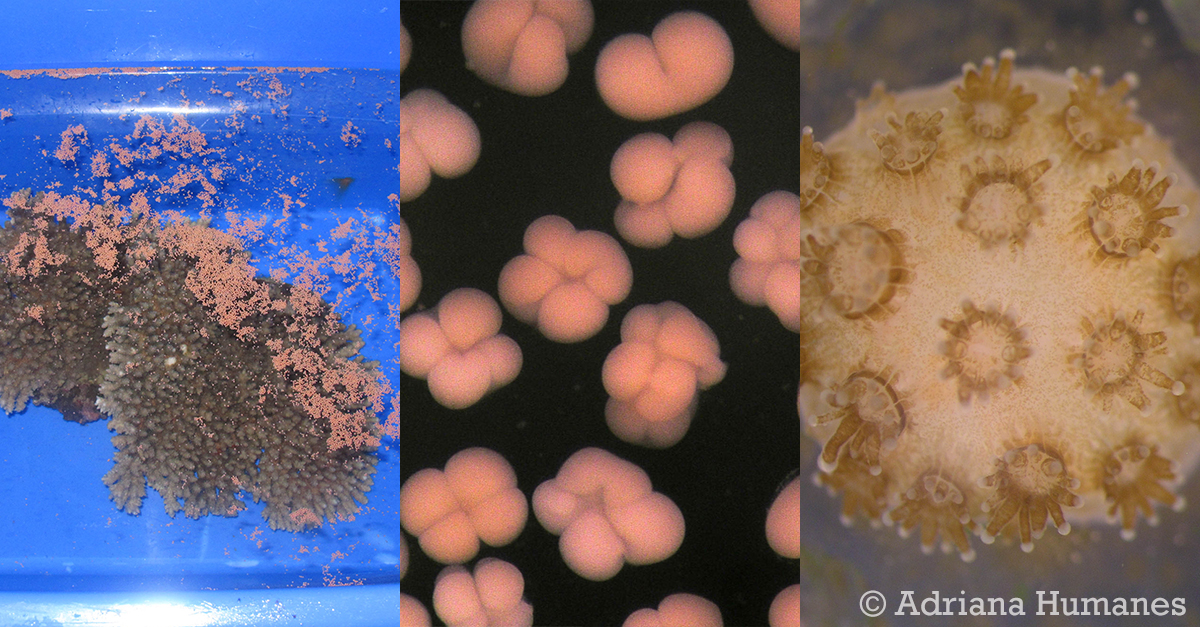Reef Safe Sunscreen
Anyone who’s spent a day in the tropics, scuba diving, snorkeling or just hanging out on the beach will know that sunscreen is essential. Without applying sunscreen, sunny days, soaring temperatures, and inviting tropical sea’s will inevitably lead to a sunburn.
The exposed skin of scuba divers, and snorkelers, who take a boat to their open water destination is particularly vulnerable as the sun’s rays are intensified by reflections off the water. But herein lies the dilemma.
Sunscreen is pretty much a requirement for beach going holidays, but harmful chemicals found in common FDA approved sunscreens are killing corals before they even have a chance to thrive. And the scary part is you don’t even need to step foot in the water, as these harmful chemicals are also lurking in your hair and body products washing right down the drain and often making their way back the ocean.
Coral reefs are a major draw to coastal areas, and often the lure of a vibrant coral reef scape is what first got us breathing underwater. A recent study found that coral reef-related tourism is worth a whopping $36 billion dollars per year, this includes on reef activities like diving and off reef activities, like white sandy beaches.
With more tourists exploring tropical regions, all that sunscreen adds up. Climate change, coastal development, sewage, plastics, and sunscreen are decimating corals reefs throughout their lifecycle, and switching to reef safe sunscreen will make sure you’re carefree beach holiday isn’t contributing to coral decline.
Oxybenzone
Oxybenzone, a common chemical found in sunscreen, is one of the worst offenders and has been found to be harmful to coral larva. A study from 2015 found that after exposure to Oxybenzone, coral larva became deformed within hours, going from a free-swimming planula larva (A) to a deformed, immobile dome (B).
The study also showed that minuscule concentrations — about 62 parts per trillion — damaged nearly half of the coral larva exposed in a lab setting, that’s about one drop of water in six Olympic-sized swimming pools!

Coral Spawn
When corals spawn, egg and sperm from two colonies meet in the water column forming a fertilized embryo which later develops into a coral larva. The free-swimming larva will search for a suitable place to settle on the coral reef, preferring cracks, divets, and crevices, with healthy pink coralline algae cover.
Once the larva finds a suitable location they will settle on the reef and metamorphose into a coral polyp. Oxybenzone, however, disrupts this cycle and the tiny larva never even have a chance to find their forever home. This is bad news for corals.
Choose Reef Safe Products
Luckily there are companies making reef safe sunscreen which do not contain Oxybenzone or other harmful chemicals. We met up with Autumn Blum at DEMA and got a look at her newest line of Stream2Sea products including a reef safe sunscreen, shampoo, conditioner, body wash, lotion, after sun gel, and lip balm.
Reef safe options are out there, and if you don’t want to contribute to the problem the best thing you can do is be informed, choose only reef safe products, tell your friends about reef safe sunscreen, and wear SPF lycra or rashguards when you get in the water to avoid sunburns and contaminating the ocean.


